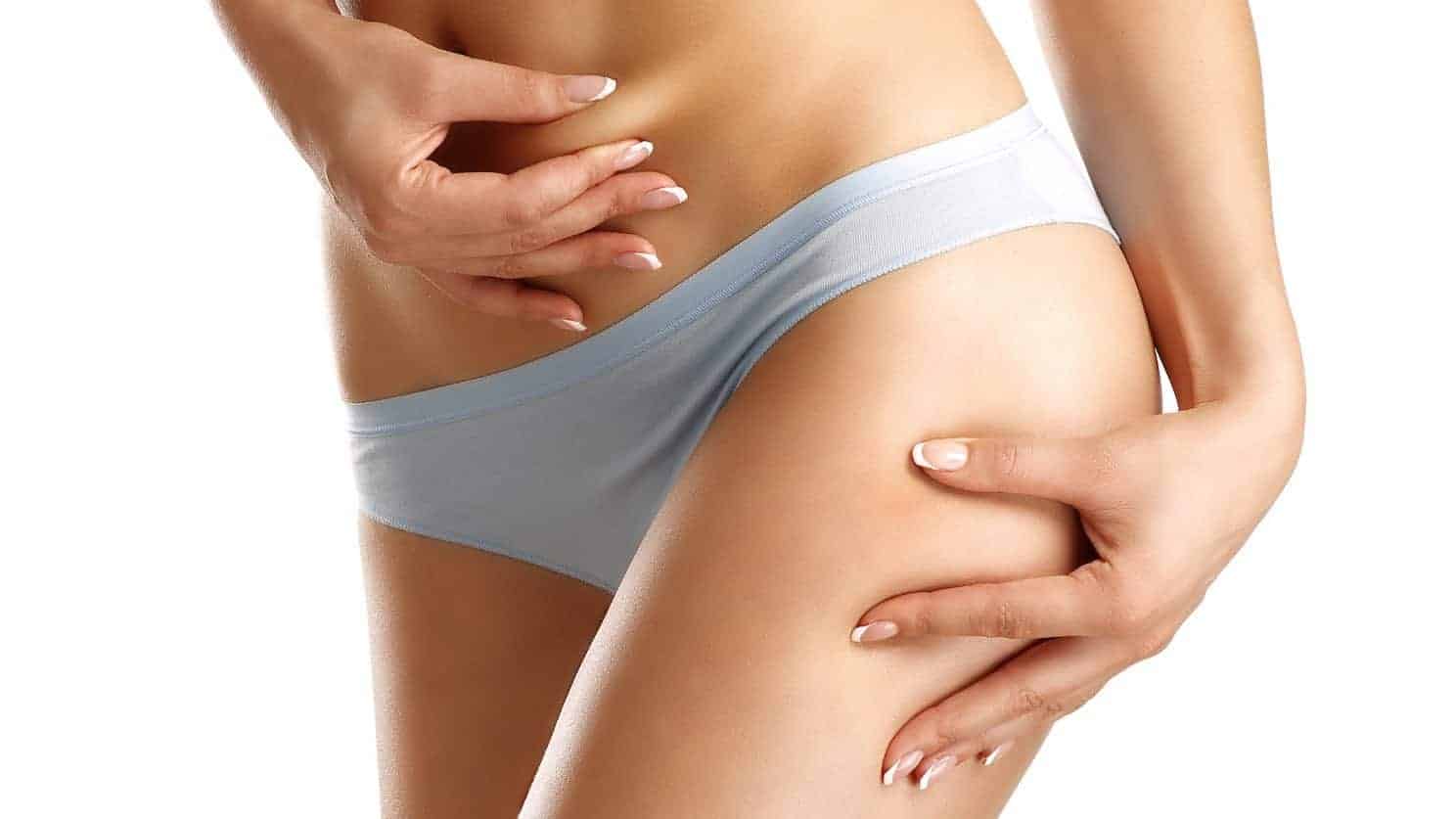If you’ve ever looked at a fleshy part of your body and wished you could move that fat somewhere else, you were dreaming of fat grafting. Also known as fat transfer and (most accurately) autologous fat transfer, this procedure allows surgeons to remove fat from areas where there is an abundant supply – typically the abdomen, thighs, or buttocks – and use it to plump areas of the face and body that have lost volume due to ageing.
Fast Facts
- A fat transfer performed by an aesthetic professional can improve facial and body contours, correct defects, and enhance features.
- For facial enhancement, a patient’s own fat is used instead of commercially manufactured injectables to restore volume and correct wrinkles.
- Studies show that refined techniques to minimise trauma to fat cells during harvesting, processing, and re-injection can lead to favourable long term results.
As a filler, fat has an edge over all other fillers ever invented because it is
- Natural
- Biocompatible (in harmony with your body)
- Readily available for harvest
- Inexpensive
- Potentially able to offer long-lasting results if grafted fat cells develop a healthy blood supply
A fat transfer performed by an aesthetic professional can improve facial and body contours, correct defects, and enhance features. The procedure may be performed on its own or combined with other surgical procedures.
For facial enhancement, a patient’s own fat is used instead of commercially manufactured injectables to restore volume and correct wrinkles. In some instances, fat grafting may be used to sculpt facial contours and correct scarring caused by trauma or acne.
Fat transfer has other facial applications. It can accentuate cheek fat pads and give the appearance of higher cheekbones, or augment the chin fat pad to create a stronger-looking chin.
Other areas of the body can lose volume over time. Fat transfer procedures are frequently used to augment the breast or buttocks as an alternative to implant surgery and its risks, including rupture, leaks, and shifting.
Who is a good candidate
Not everyone is a good candidate for fat transfer procedures. The ideal candidate is
- In good overall health
- Does not smoke
- Is at or near his/her ideal weight
- Has an area of the body that is a suitable donor region
- Has realistic expectations about what can be achieved
Your surgeon will ask you about aspects of your health and lifestyle during your preliminary consultation. If you don’t meet the above criteria, you may still be eligible for fat grafting, but you may be at greater risk for complications, and/or the quality of the results you experience may be diminished.
What to expect before, during & after fat transfer
Harvesting fat is the first step. Fat is collected from the designated area through a liposuction tube. The amount of fat removed from the donor site is minimal compared to traditional liposuction surgery, and will not alter the appearance of the donor location.
Studies show that refined techniques to minimise trauma to fat cells during harvesting, processing, and re-injection can lead to favourable long term results. Research continues to improve methods of fat removal for minimising damage to fat cells.
Next, the fat is spun in a centrifuge to separate the cells from the fluid. It is then ready for re-implantation. A blunt needle and syringe are used to inject the fat into the desired locations.
Because it is minimally invasive, fat transfers are performed on an outpatient basis with local anaesthesia. The procedure can take anywhere from 90 minutes to two hours, depending on the area being treated.
Possible risks and complications
Allergic reaction is not a factor in fat grafting because the fat is harvested from a patient’s own body. The majority of patients see immediate improvement with minimal tell-tale signs of the procedure. The donor area is covered by an elastic pressure bandage for up to one week and can be mildly sore, but no bandaging is necessary at the injection site.
There is a small chance of bruising, swelling, and discomfort for several days, but over-the-counter pain relievers are generally all that is needed.
There are some disadvantages to fat transfer procedures that should be noted:
- Multiple treatments may be required to achieve optimal results
- Enlargement of breasts and buttocks is likely to be less dramatic than with implants
- Side effects of breast augmentation grafting may obscure mammogram results
Your surgeon will discuss potential risks and disadvantages with you to ensure that fat grafting is the right choice for you.
Rough costs involved
The average prices for fat grafting varies with the expertise of the surgeon, the technique being used, the location of the surgery (where in Australia), and the physical location of the surgery on your body. You may also have to factor in the cost of repeat visits.
For a complete picture of the cost of this procedure, schedule a consultation visit with a surgeon. Together you can discuss your fat graft treatment specifics and obtain a personalised price estimate.

Interested in the fat grafting. Would love more information and cost estimation and payment plans are available?
Do you do fat grafting onto the calves? Where are you located?
Price?
Fat transfer to buttocks please help me find a good sugeon for this please I am in need
Hi I was just enquiring about the fat transfer.. I know this is a popular procedure in the states but I can’t seem to find one here in Australia, I desire to have fat transfer into the buttock for a bigger look.. Do you do this or know of anyone who does ?
Thank you